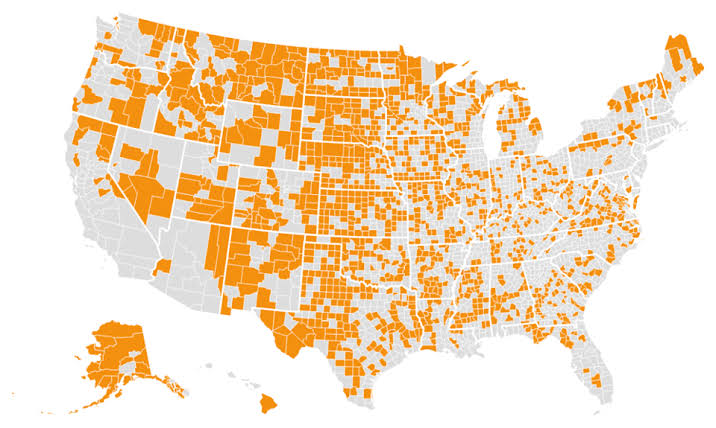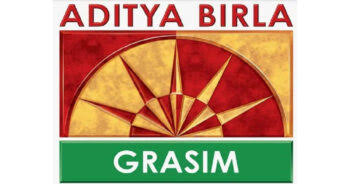 Image Source: Yahoo
Image Source: Yahoo
A shocking 48.4 million Americans—about 1 in 7—now live in areas characterized as "pharmacy deserts," based on new research released this week. These pharmacy deserts are rapidly growing throughout the United States, affecting both rural and urban communities, leaving millions without optimal access to pharmacy services and needed medications.
Pharmacy deserts are defined as areas where residents must drive more than 15 minutes to reach the closest pharmacy. Within the last five years, 1,300 pharmacies have closed, and the number of people with no pharmacy access from earlier last year was 41.2 million, and now, as of February 2023, it is 48.4 million. The majority of closed pharmacies are in rural states including Alaska, Montana, North Dakota, and Nebraska where 70% of counties are now considered a pharmacy desert.
The impact is enormous; among nonmetropolitan residents, a round-trip takes an average of 85 minutes, and it can take almost 36 miles to fill a prescription. For residents in a metropolitan pharmacy desert, a round-trip takes an average of 53 minutes of travel and 18 miles. It is harder for patients to maintain medication access, price shop, or obtain timely care when medications do not have adequate pharmacy access, especially patients with chronic conditions.
More importantly, specific populations bear the burden of this burden. Rural Americans make up 90% of the population living in pharmacy deserts and over half of rural Americans are now living without pharmacy access. Older Americans, for instance, are particularly vulnerable to pharmacy deserts. Nearly one in five people — 22.3% — of individuals who live in pharmacy deserts are 65 or older. The burden also continues to have a socioeconomic and racial gap: areas with lower median incomes live in pharmacy deserts, and pharmacy desert communities have over 20% non insured individuals, and areas populated with Native American communities experience some of the steepest barriers.
Several states have experienced increases in pharmacy deserts resulting from pharmacy closures, such as Ohio, North Carolina, Oregon, and Washington. Some counties in other states, like the Navajo and Apache counties in Arizona, must now drive over 100 minutes round-trip to their nearest pharmacy.
Experts warn that unless measures are taken -- increasing access of mail order pharmacy, expanding telehealth, and providing additional pharmacy services -- we are liable to face over millions losing access to medications over the next decade.
Source: WFTV
Advertisement
Advertisement




